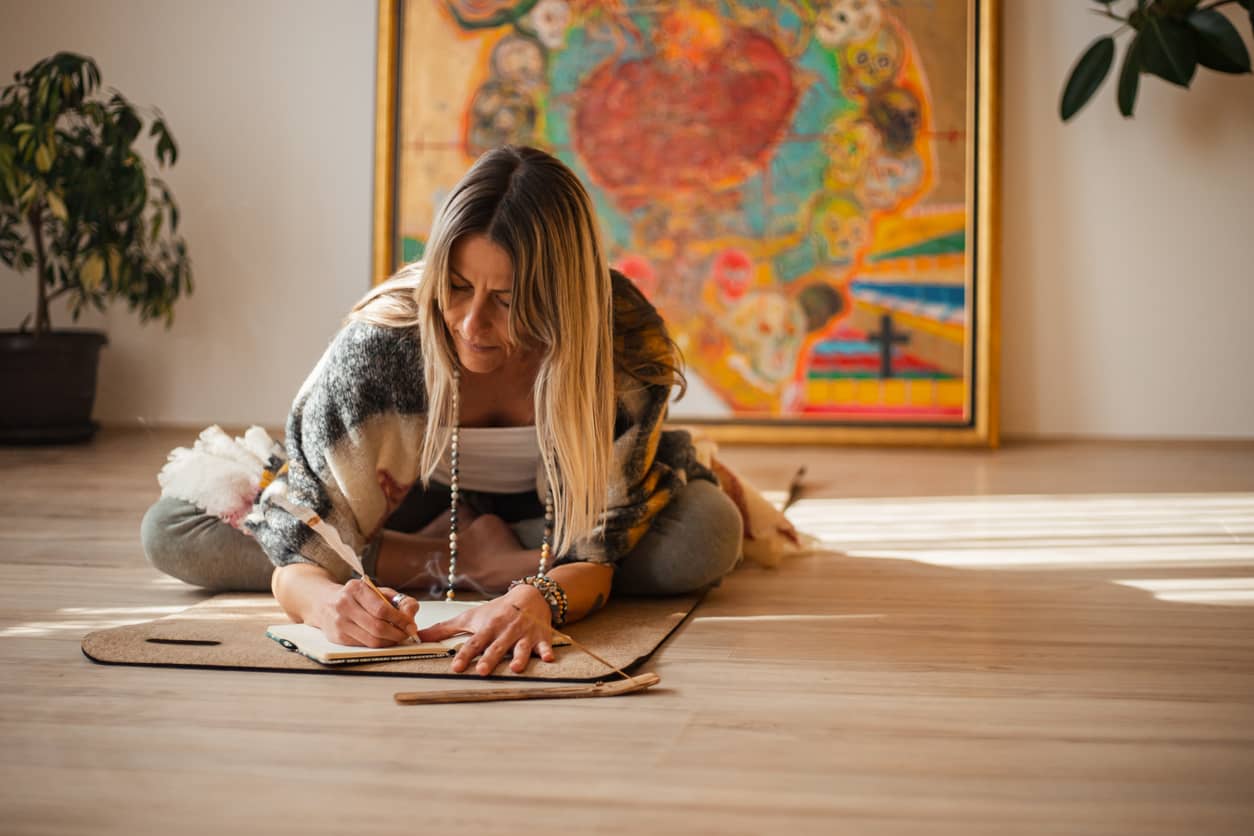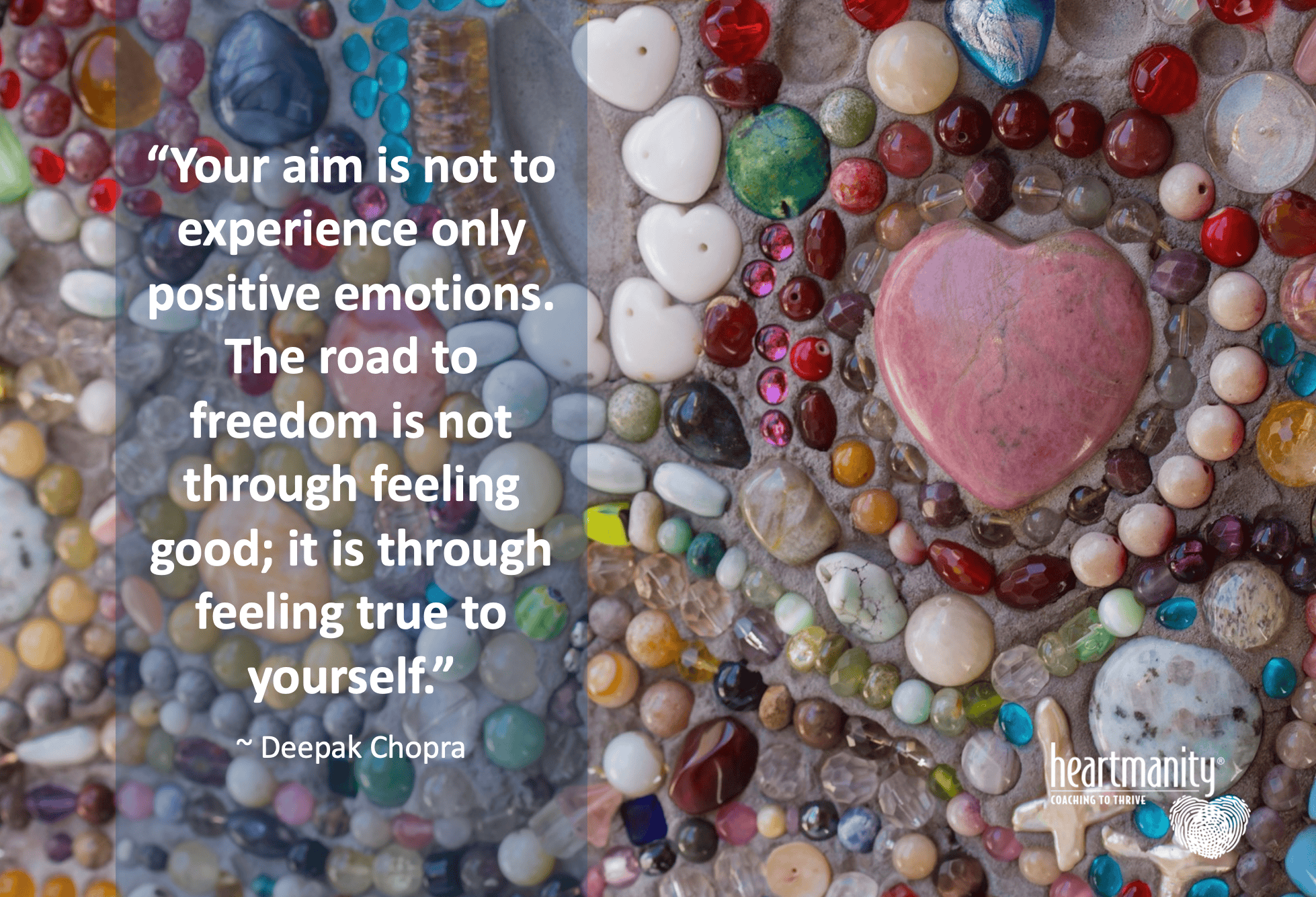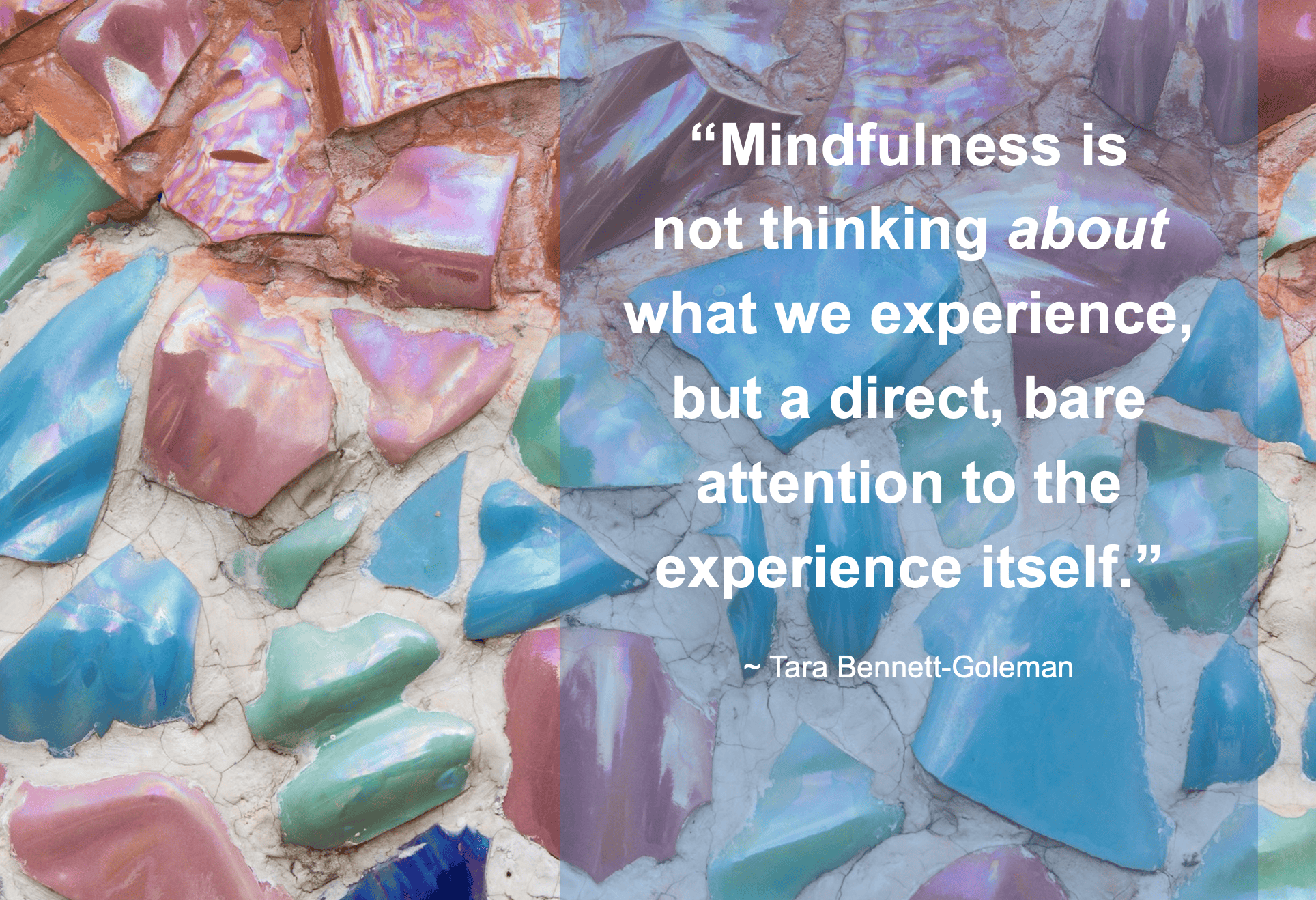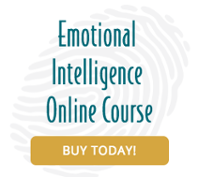Sometimes our past hurts can feel like they dictate the narrative of our lives, but we can author a new chapter—one of healing and hope.
We cannot change our past, but we can alter the way we carry and integrate past events and memories within ourselves. This acceptance is not an exercise in forgetting but an invitation to reshape and redefine ourselves.
Estimated reading time: 6 minutes

Embracing Self-Awareness: The First Step to Healing
When we turn over the soil of our experiences, we unearth the lessons they hold. Once we unhook from their pain, we are able to plant seeds for a more peaceful future.
For over two decades, I've guided individuals towards emotional health so I've seen firsthand the profound impact that making peace with your past can have. My goal is to illuminate a path through self-compassion and understanding—to design inner peace and a beautiful mosaic with the pieces that now feel like broken fragments.
Understanding Your Emotional Landscape
Self-awareness is the cornerstone of making peace with your past and childhood trauma. It involves turning the gaze inward and examining the emotional impact of your experiences.
Understanding your emotional landscape is knowing every corner of your inner world—the hidden nooks, the sunlit spots, and the shadowed corners.
Begin by raising your awareness of your emotions.
- How do you respond to them?
- Do you shut feelings down or ignore them altogether?
- Do you give yourself permission to feel, to accept yourself with self-compassion?
- Are you aware of their voice in daily life?
- Do you get triggered and react when those buried feelings are sprung?
Practice the following exercise daily to get in touch with your emotional terrain.
EQ EXERCISE: Emotional Check-up
Stop for 5 minutes and relax your body. Feel your body sink deeper into the chair where you’re sitting. Next, wherever there is tension, check and see if you can identify what you’re feeling. Perhaps, you’re feeling sad about a hurtful comment you made to your spouse or a snide remark a co-worker made yesterday. Or maybe you’re feeling guilty about yelling at your kids and you’re asking, “Am I a bad mom?” Whatever you feel, allow.
Just notice and send love to that experience and emotion. Embrace it. Allow yourself to feel the emotion fully, knowing that you’re safe. And as you do, relax your body more each time with every exhale.
Mapping Your Emotional Triggers
Just as important is recognizing what triggers intense reactions and emotions. Triggers are the landmines on your emotional map that signal a memory or a feeling from the past. By identifying them, you can anticipate and prepare for the emotional responses they elicit, reducing their control over you.
Putting new strategies and behaviors in place ahead of time helps you be calmer and more confident.
Let me give you a personal example. When I was in my young adulthood, whenever I saw someone or a group of people laughing or joyous, I felt agitated and even a little angry, resentful, and jealous. It seemed peculiar until I did a similar investigation. I discovered that the pain aching to be healed was the repetitive experience when my mom shamed me for my joyous and buoyant nature. She told me I didn't have a right to be happy since she and the rest of the family were miserable. So, to get approval, I had to muffle my happy-go-lucky nature.
This vibrant energy was trapped and asked to be freed.
Each time you contact the painful memories and shine love and self-compassion on them, you heal a little bit more.
 Let's clear the path for you to calm the waves of emotional turbulence and create more happiness in your life!
Let's clear the path for you to calm the waves of emotional turbulence and create more happiness in your life!
Let Go of Emotional Anchors by Accepting What Is
Pain, in many ways, stems from and is created (and recreated) by not accepting what is.
Children deserve unconditional love and secure attachment. And it's a tragedy for everyone who didn't get the security that love provides. Regardless, whatever happened and wherever we are right now, that’s WHAT IS.
So how do you move forward from here?
For years, I was stuck in the refusal to let go of my emotional souvenirs because I believed if I healed and became truly happy and successful, no one would ever know how much I suffered as a child. I held my own wholeness hostage even though I knew deep down that making peace with my past was possible.
My mental health suffered as a result of my stubbornness.
However, when we accept what is (or what happened) and realize we are SO much more than what happened, the trauma begins to matter less.
Connecting deeply with our incredible True Self is imperative.
Our True Self has weathered the same painful experiences but remains unblemished. It is immutable. We are not victims when we touch this part of ourselves.
When we see how truly powerful we are, our traumatic memories dim, pain dissolves, and the strength that came from surviving is redirected toward wholeness. With that understanding, we now become RICH like the coal turned to diamonds.
Letting go is not condoning what happened or pretending trauma didn’t happen.
It is a profound commitment to the Self to create something beautiful, enduring from the ashes because we CAN. It's a declaration that you will no longer let those experiences be the anchor that holds you back. And once we tap the resiliency that lies within, we are unstoppable.
Healing is more about connecting with the part within us that is eternal, limitless, and a direct line to Spirit. Identifying with this part of us provides not only spiritual growth but also an integration of our fragmented parts.
Peace with your past requires you to make peace with yourself!
We must take full responsibility for the quality of our lives and relationships.
One of the reasons I believe that people get stuck is because of blame. It’s easy to blame others, even your parents, for the quality of your life. Maybe you’re convinced that your power, innocence or goodness was stolen from you.
Not true.
Regardless of what has happened to us, the one thing that we can control is our response to it. Blame and resentment keep us stuck.
Take responsibility for crafting the person you want to be. What will you do with the life you have? How will you utilize the many gifts and strengths that were carved through a painful journey?
Helpful reading from Psychology Today: "How to Make Peace with Your Past."
Reconstructing the Narrative: Finding Strength in Your Story
Your past experiences, especially the most painful ones, are chapters of your life story. Instead of trying to tear those pages out, consider how they have contributed to the amazing person you are today.
This reframing highlights the strength and resilience that has come from overcoming, from surviving.
Being intentional in highlighting your strengths born of your collective experience trains the brain in the following ways:
- focus on the positive
- to spot goodness in ourselves and others
- relinquish judgment and approach with compassion
- engages conscious choice to open to life
- creates a strong foundation for connection with ourselves
Mindfulness Exercises to Calm
Try these mindfulness exercises to calm your mind and cultivate compassion. They offer practical ways to cultivate inner peace and begin the healing process to better attune to yourself.
Deep dive into mindfulness: "What Is Mindfulness?"
Exercise #1: Mindful Attentiveness
Pick something in your environment and observe it carefully for one full minute. Examine it closely, appreciating its beauty. Examples: the wood grain on your desk, the play of a child, and the snowflakes as they fall.
Exercise #2: Mindful Listening
Stop for 30 seconds. Listen to all the unique sounds in your environment: the fan from the heater, your co-workers talking, children playing outside, the slight hum of the lights, and the clicking of someone typing. Or you can follow your breath inhaling and exhaling, your chest rising and falling.
Exercise #3: Body Awareness
Close your eyes and scan your entire body from your head to your toes. Every time you find some tension, consciously release the stress as you breathe slowly in and out.
As Maya Angelou said, "Surviving is important; thriving is elegant."
This quote lingered for me as hope for healing for a very long time.
Time to thrive!

Crafting a New Chapter
As you find strength in your story, you’re ready to craft a new chapter—one where your past does not define you.
Your memories are simply information when unplugged from pain. Use the insights you’ve gained to make choices that align with who you want to be moving forward.
Making peace with your past involves integrating your experiences into your present self and growing in emotional intelligence. By integrating the past, you will harmonize the pieces into a beautiful mosaic. Like a mosaic, each broken piece, every fragment, no matter how small or large, how blunt or sharp, contributes to the richness and beauty of the whole. It’s about harmonizing these pieces, not hiding them. And by doing so, we develop resiliency.
Living in the Present
Integration means not dwelling in the past nor fearing it but living fully in the present. It’s about recognizing that your past may have shaped you, but it does not have to confine your present or future.
And yes, a moment-by-moment endeavor. When we can live in the present, we have developed a mindfulness that allows us inner peace.
Related reading: "Inner Peace Requires You to Be Present to Self-Compassion."
EQ Tips to Cultivate Resilience: Make Peace with Your Past
Below are tools or EQ skills that you can practice to build resilience. You'll be able to be flexible, bounce back, and leave the past in the past when you utilize these strategies.

Embrace the Growth Mindset.
Resilience is about responding effectively and quickly to difficulties. We are pliable and recognize that life is full of ups and downs. We know that whatever comes, we'll be able to handle life's curveballs. A part of building resiliency is embracing a growth mindset. When we seek to learn from our mistakes and experiences, each day is fertile ground for insight and healing.
It's about believing (and sometimes having faith) that you can learn and grow from every situation, especially the challenging ones.

Nurture Hope and Positivity.
Finally, as you create the mosaic of your life—one of beauty and profound meaning—each piece holding an insight, a lesson, a seed of potential, hope, and positivity will be enhanced in your life. Change your focus and the scenery from one defined by past pain to one full of potential for the future. Design your actions to increase joy and positivity in small ways each day. Watch as your soul heals and flourishes.
Remember that the brain tends to focus on pain, threats, and negativity in an attempt to keep us safe. Important, for sure!
However, it's equally vital to train your brain to spot the positive glimmers of hope and encouragement. Keep your eye on the small and big ways you're healing. Celebrate the emotional maturity that is deepening; observe with the attentiveness of a loving mother every breakthrough and new skill taking hold.

Take Practical Actions to Promote Mindfulness and Healing.
♥ Establish a Daily Mindfulness Routine.
Start your day with a centering activity such as a mindfulness practice. It could be five minutes of deep breathing, a brief meditation, or a gratitude exercise. This practice helps set a tone of awareness and presence for the day. Like tuning an instrument before a concert, this practice tunes your mind to the present.
♥ Reflect and Record: Keep a Journal of Emotional Insights.
Journaling can be an incredible tool for healing. Dedicate time each day to write down your thoughts and feelings. Track your mood, what triggered it, and how you responded. Over time, this journal will become a roadmap of your emotional evolution, highlighting patterns and areas for growth.
♥ Movement as Meditation: Engage in Regular Physical Activity.
Physical exercise isn't just for the body—it's also for the mind. Whether it's yoga, running, or dancing, movement can be a form of meditation, helping to clear mental clutter and reduce stress. The endorphin boost can also improve mood, making it easier to approach your past with a clear and present mind.
♥ Listen to Understand, Not Respond
In your interactions with others, practice mindful listening during conversations. This kind of attention means fully concentrating on the speaker, understanding their message, and responding thoughtfully. This kind of presence in communication can improve relationships and provide a model for how you listen to your own internal dialogue.
♥ Create Space for Regular Self-Reflection.
Carve out time for solitude. Use this time to disconnect from the chaos of everyday life and to reflect on your journey. Ask deep, introspective questions about your emotions, patterns, and responses. Solitude provides the silence in which the voice of self-awareness can be heard more clearly.
Closing Thoughts
Embarking on the path of making peace with your past is an act of courage. It is a personal odyssey that requires patience, compassion, and perseverance.
Remember, the goal isn't to erase the past or to forget the pain but to transform the way you live with these memories. Acknowledge the strength in your experiences. Spotlight every step, stumble, and stride that has contributed to your unique and beautiful self and to the depth of your character.
As you integrate these practical actions into your life, consider them tools, not just for healing but for empowerment.
With every mindful breath, reflective journal entry, physical movement, thoughtful conversation, and moment of solitude, you are reconstructing the narrative of your life. You are not just surviving your past; you are thriving despite it.
May you find peace in the knowledge that you are the author and architect of your future. The past may be a chapter, but it is NOT the entire book. Your healing journey is not just about moving on—it's about moving forward with wisdom, resilience, and an open heart.
While our pasts are immutable, our hold on them is not. They do not possess the power to define our destiny unless we grant them that authority. As you continue to make peace with your past, may you also make room for joy, for love, and for the endless possibilities that each new day brings.
Create an extraordinary mosaic from the shrapnel of the war zones of painful experiences. Be ready for the astonishment of your creation!
Frequently Asked Questions
"How do I make peace with past mistakes?"
We're really hard on ourselves, aren't we? When churning regrets round and round, it can be arduous to accept the mistakes we've made.
The best way to come to peace with past mistakes and transgressions is to acknowledge that we are human; we are imperfect. No one has all the answers and there isn't anyone who doesn't make mistakes.
If we knew better, we would have done better.
It may help to know that when we beat ourselves up over past mistakes, the angst fixates the negative aspect rather than moving forward and learning from our missteps. The greatest witness to emotional maturity is self-acceptance. We can choose to remain stuck or we can choose to learn and move forward. Stewing over mistakes doesn't make us a better person; learning from them does.
Heartmanity specializes in emotional intelligence, so don't hesitate to reach out for support. Or you might benefit from our emotional intelligence course. Check it out!









